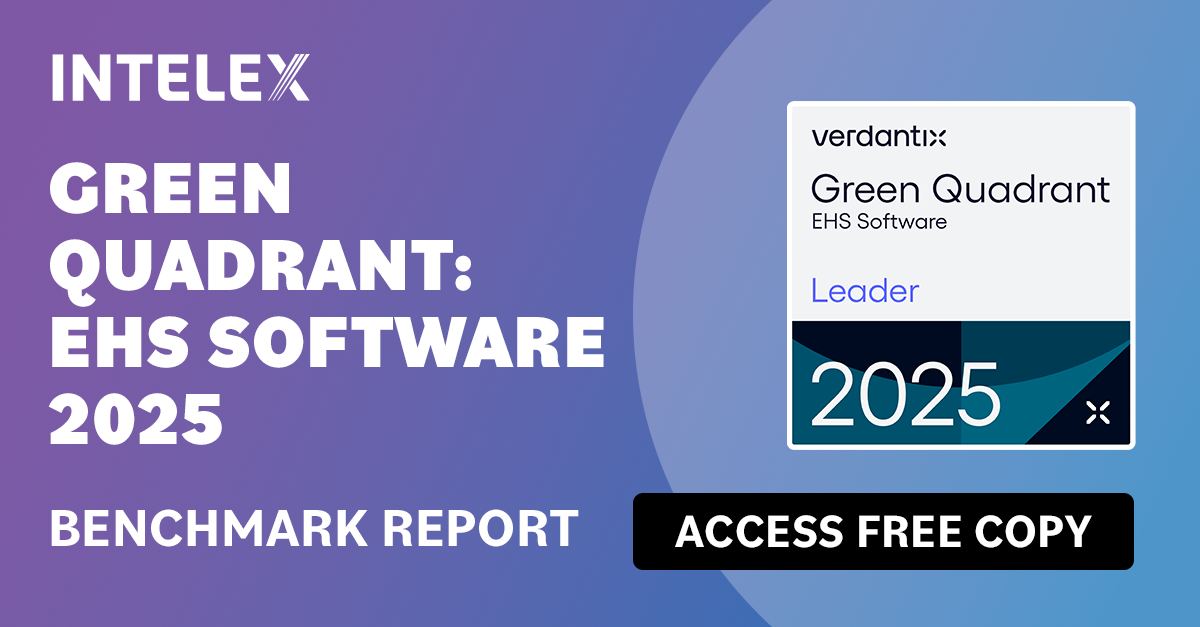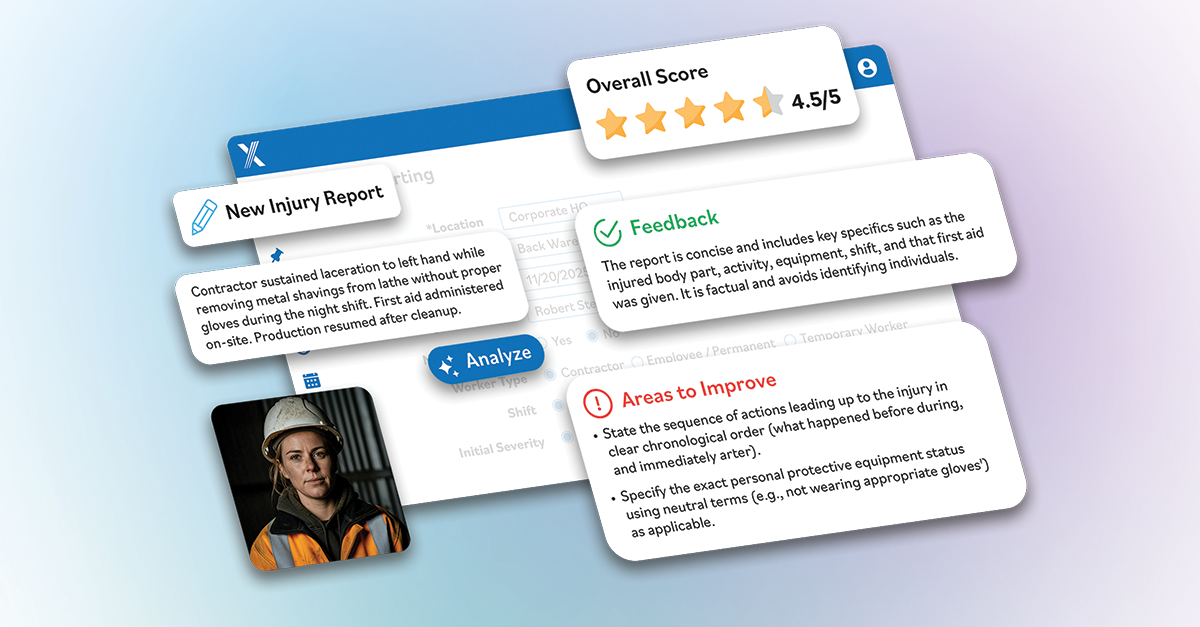Intelex and COMET Partner to Deliver the Best Incident Prevention Platform for High-Risk Industries
October 27, 2025
5 minute read
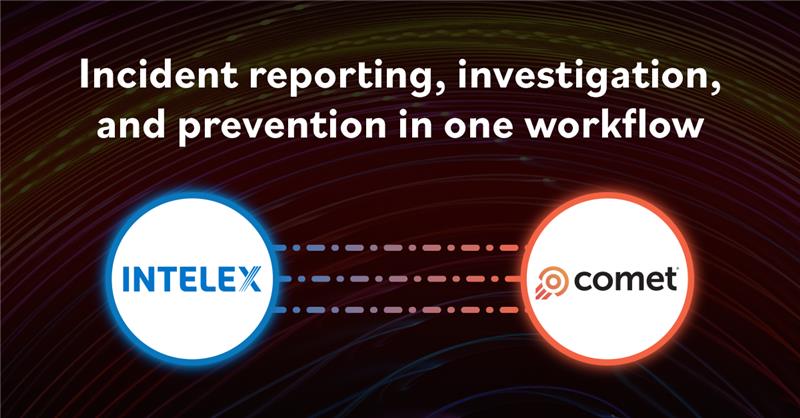
Intelex and COMET have teamed up to provide one solution that helps your organization move from simply reacting to incidents to actively preventing them.
This partnership helps EHS leaders identify and address the root causes of incidents. Most teams run into similar challenges when trying to prevent issues from happening again:
- Responding to incidents individually does not reveal organizational patterns that indicate underlying issues.
- Using separate tools for incident reporting and investigation creates data gaps that obscure key trends across incidents.
- Generic investigation templates often lead to shallow conclusions such as ‘human error,’ rather than identifying fixable system failures.
- Struggling to show leadership how the safety program reduces incidents.
This partnership removes common barriers between managing and investigating incidents. By bringing together Intelex’s leading incident management tools and COMET’s trusted investigation methods, we provide a strong incident prevention platform for high-risk industries.
Here are four key features you can now use with the Intelex and COMET partnership.
If you’d ike to see how Intelex and COMET set a new standard for investigations and root cause analysis, book a demo with us.
Factor #1: See the patterns behind your incidents across your entire organization with standardized root cause classification
Most incident management platforms capture incident data but treat each as a separate event, making cross-incident analysis unreliable.
For example, imagine you’re an incident investigator who’s reviewing 20 incidents. You have plenty of data about the events, but because they’re treated separately, you’re not seeing the broader patterns causing them.
COMET’s coded root cause taxonomy lets you look at bigger issues and find specific ways to prevent them. Its unique root maps cover areas like communication, environment, management, equipment, and training, helping you spot important trends. For example, you might find that 40% of incidents come from poor procedures, not just individual mistakes.
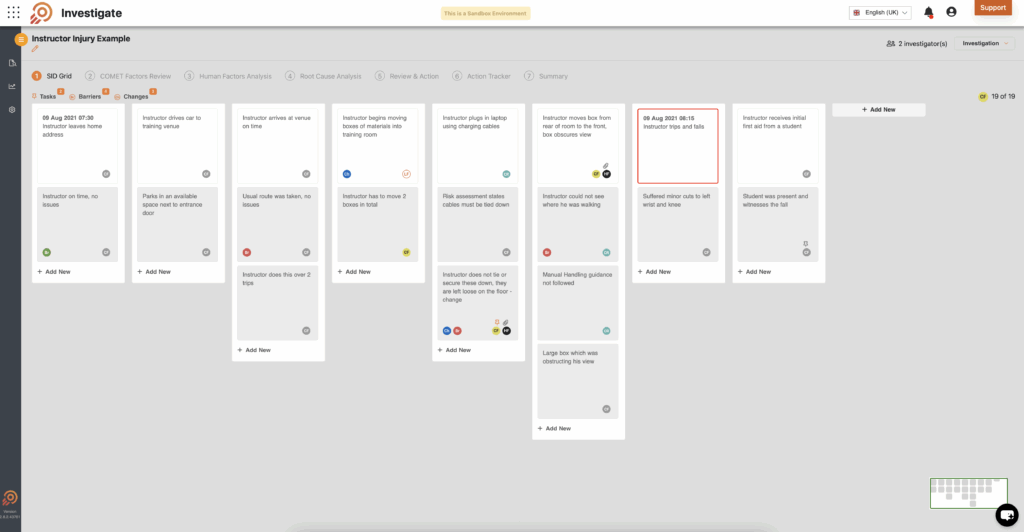
Factor #2: Connect your incident data to your investigation findings with seamless system integration
When you use different tools for incident management and investigations, it disrupts your workflow and lowers both efficiency and quality. Investigators waste time gathering context, safety managers duplicate effort, and the disconnect blocks comprehensive analysis.
The Intelex and COMET integration fixes this by automatically moving data between systems. Incident details from Intelex flow into COMET and provide context for investigations. Findings, root causes, preventative actions, and reports feed right back to Intelex.
This integration delivers immediate operational benefits.
- Investigators save hours by cutting out manual data entry and duplicate paperwork, which in turn improves data consistency through seamless integration.
- Safety managers can use Intelex dashboards to track investigation progress and preventative actions, making it easy to build complete reports from incident to prevention.
Factor #3: Conduct better investigations that find real organizational root causes with a proven investigation method
Generic investigation tools and templates give you a basic structure, but they can’t stop mistakes in thinking. These errors can lower the quality of your investigations.
Simple approaches like 5-Whys are easy to use, but they can lead to bias and premature conclusions. More structured tools lack a deeper methodology for organizational and system factors, so ‘human error’ often ends up being the root cause.
COMET’s trusted investigation method, combined with Intelex’s incident management, closes quality gaps. Its structured approach helps avoid common mistakes and guides investigators beyond surface issues to find the real organizational root causes.
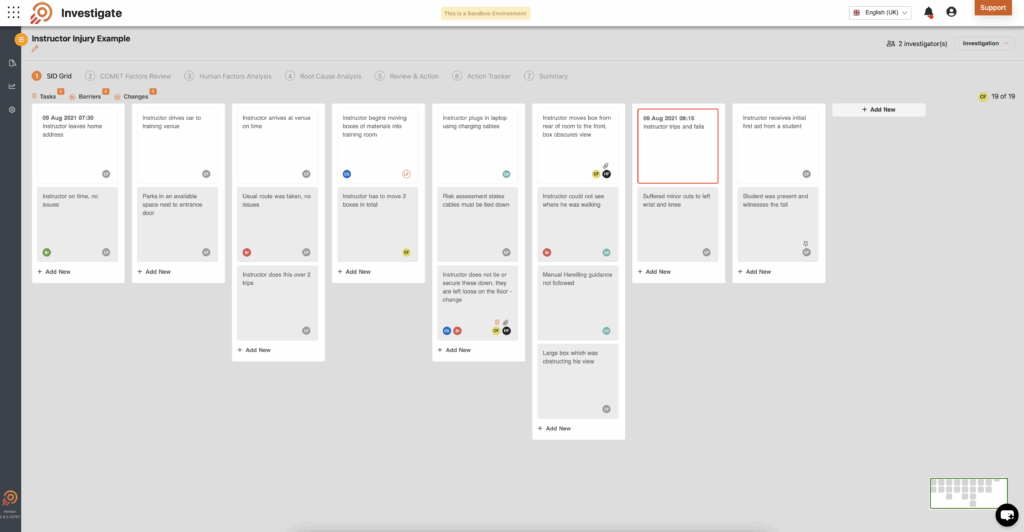
Factor #4: Scale investigations across global operations with AI-powered guidance and automated reporting
Safety managers must complete investigations quickly so they can put preventative actions in place and get operations back to normal. But doing a thorough investigation takes time. Collecting evidence, interviewing witnesses, analyzing causes, and writing reports can take days or even weeks.
If investigations drag on, operations managers can get frustrated. Important evidence and details may be lost, and the opportunity to prevent similar incidents slips away.
The combined Intelex and COMET solution lets you choose the right type of investigation for each situation. Use COMET Investigate for a comprehensive analysis of significant incidents or pick COMET Lite to efficiently handle low-risk cases.
With advanced analytics, AI assistance, and automated reporting, you can handle more investigations without needing a bigger team. Intelex’s reporting tools also make it easy to share findings and preventative actions with leaders and stakeholders.
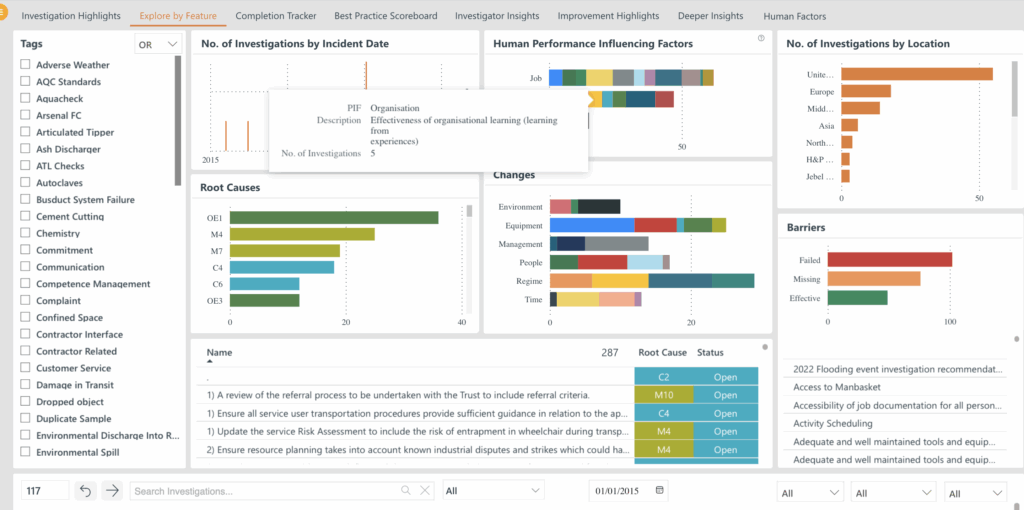
Want to see how Intelex and COMET bring all four key features together in one platform? Book a demo.
Conclusion
Incident prevention requires both comprehensive management capabilities and expert investigation methodology working as an integrated system.
In high-risk industries, the main challenge isn’t just handling more data or doing better individual investigations. The key is connecting incident information with investigation insights. This helps you spot patterns that cause repeated issues across your operations.
The integrated Intelex and COMET solution delivers proven results. It combines all four key features in a unified platform: spotting patterns with standardized classification, smooth data integration, a proven investigation method to find real root causes, and AI-powered tools for faster, better investigations.
Schedule a demo to see how our partnership, combining top incident management and a trusted investigation method, can help your organization improve safety, prevent incidents, and meet compliance goals efficiently.


